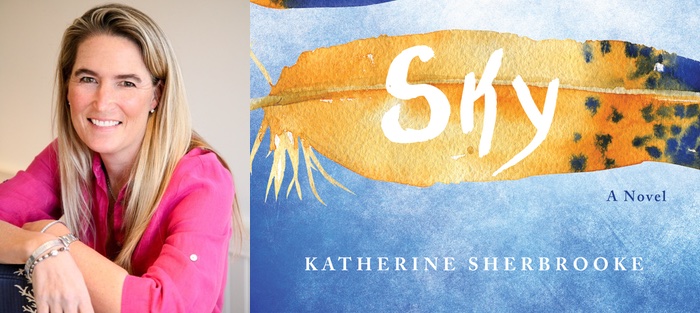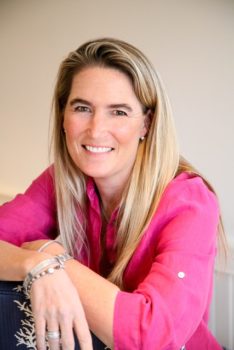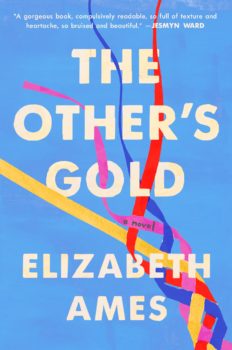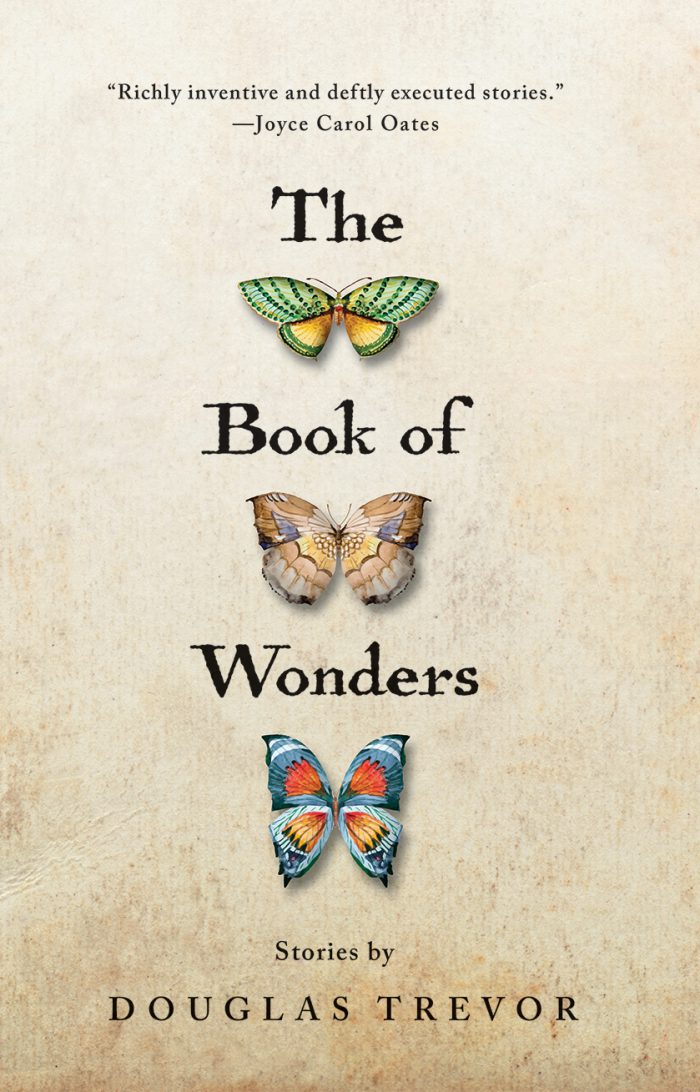There’s a feeling you get as a teacher, when a writer shows up to class with the goods—eagerness, insight, and gorgeous sentences on the page. I met Kathy Sherbrooke a few years back when a library in a nearby community had asked me to teach a writing class. At the time, she was all-in on a memoir about her glamorous mother and the complex relationship between her parents. Since then, Kathy has published her memoir, Finding Home (Huckleberry Publishing, 2011); become Chair of the Board of GrubStreet Writers, an independent writing center in Boston; and now she’s tackled the intricacies of relationships in her debut novel, Fill the Sky (SixOneSeven Books).
In the novel, desperate to change the course of one woman’s terminal cancer diagnosis, three lifelong friends travel to Ecuador in search of alternative healing. Set against a picturesque landscape, Ellie, Tess, and Jolene—all very different women—seek out legendary healers and their controversial physical and psychic rituals. As each woman’s quest becomes personal, heartbreaks and long-hidden betrayals are revealed, ultimately testing the meaning of love and the strength of ties that connect them.
As I said in my testimonial for the novel, “Kathy Sherbrooke’s insight into friendship–all the slights and secrets, yet more importantly all the love that defines it–propels this novel forward to its deeply satisfying conclusion. Fill the Sky is pure heart and a perfect read for a circle of friends.”
Interview:
Lynne Griffin: Each of your three main characters is uniquely flawed, including Ellie, whose terminal diagnosis is the catalyst for a trip to Ecuador, though that isn’t the only crisis she’s facing. It’s another emotional dilemma she wrestles with during the trip. Can you talk about that choice? Weren’t Ellie’s stakes high enough without adding a deeper conflict?
Katherine Sherbrooke: It was important to me that Ellie be seen as a fully realized woman, full of the joys and doubts that accompany anyone in their middle years. It can be all too easy to simplify a person’s battle with a terminal condition down to life and death, but the “life” part of that equation is always complex. I also thought it would be interesting to explore the conflict between the sympathy you naturally feel for a friend battling cancer and the disapproval you may have about some of her actions or choices. Can you be angry with someone who’s dying? Does she get a hall pass for past transgressions, or does she have an even greater responsibility to right those wrongs before her time runs out?
 While this story features an ensemble cast of three life-long friends, and the point of view alternates between them throughout the novel, it struck me that Tess is really the main character. Yet she’s the most skeptical about the whole idea behind the trip. Why did you choose to make her the central character?
While this story features an ensemble cast of three life-long friends, and the point of view alternates between them throughout the novel, it struck me that Tess is really the main character. Yet she’s the most skeptical about the whole idea behind the trip. Why did you choose to make her the central character?
Given that the idea of women embarking on a journey to Ecuador in search of physical and emotional healing is a bit outside the norm of Western culture, I felt it was important to give readers access to that story through the eyes of a skeptic. I hope any reader who finds the idea of shamanic work a bit strange at first, will be able relax into it knowing that Tess is no push-over and can serve as a proxy for their own skepticism and concerns. But there’s much more to Tess than that. While she initially thinks she is there only as a pillar of support for Ellie, effectively a bystander, once she recognizes her own tremendous need for emotional healing, she evolves the most. In that same vein, I hope readers discover something about themselves they didn’t see before picking up this book.
I agree with Brunonia Barry who said you have a “painter’s eye for place.” How did the real life setting and your experiences traveling to Ecuador inform your storytelling? Could this story have taken place anywhere else?
My own experiences in South America (both Ecuador and Peru) taught me what it feels like to be in a place that is considered sacred, a concept I don’t think I really understood before. It has a lot to do with a common respect for nature’s gifts, a belief in of the power of the spirit, and a setting aside of the ego in service of a more universal truth. There are lots of places around the world that create that kind of energy, I just happened to be lucky enough to discover that in the Andes. This is also a story, in the end, about friendship, and I do believe the deepest form of friendship can be practiced anywhere!
The Ecuadorian characters play major roles in the book, particularly Marco and Mama Rosita. As an American writer, how much responsibility did you feel to get those characters right?
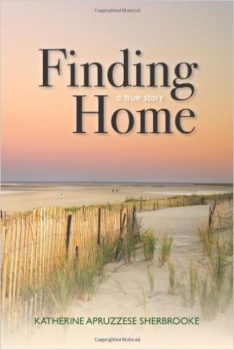 I felt a deep responsibility to show respect for the Ecuadorian culture and its people, but I’m not sure I could ever hope to get everything “right.” The story is told through the eyes of three American women, so that lens will inevitably color descriptions and characterizations. But I also didn’t want to shy away from giving Ecuadorians central roles in the book for fear of misrepresenting something. They are the great teachers in this story, and so they needed to be fully developed characters.
I felt a deep responsibility to show respect for the Ecuadorian culture and its people, but I’m not sure I could ever hope to get everything “right.” The story is told through the eyes of three American women, so that lens will inevitably color descriptions and characterizations. But I also didn’t want to shy away from giving Ecuadorians central roles in the book for fear of misrepresenting something. They are the great teachers in this story, and so they needed to be fully developed characters.
The story takes place over the course of seven days. For what could have been a fairly “quiet” book about self-discovery, there are at least three distinct plot lines and several real-time moments of crisis. It struck me that all that complexity was integral to one of the central ideas of the book, that the multiple roles women play in our lives can be confusing and exhausting at times. How did you choose which issues these three friends face throughout?
There is an overarching theme that women never get a break from the multiple roles we play—sister, wife, mother, daughter, boss—roles that we tend to take very seriously, determined never to fall asleep on the job. So while the opportunity to step away and unplug for a week gives these characters the chance to slow down long enough to listen to what’s really going on inside, I wanted to physically manifest the level of emotional turmoil they each wrestle with by forcing them to confront real challenges in the moment. As for which issues, I put in as many as I could realistically fit—motherhood, illness, marriage, love, fidelity, friendship, grief—because most women are grappling with all these issues, and more, every day.
The idea of strong female friendship is central to this story. What do you find unique about friendships between women?
Women are inherently nurturers and communicators. By and large, I find that women like to talk more than men do, to process what is going on to make sense of life. I find I need other women in my life who are willing to listen to my version of things, be a sounding board, offer support when there are no obvious solutions. And there’s nothing I like more than being called on to do the same for a friend. It’s not about fixing things. It’s about being witness to how my friend feels and loving her for that vulnerability and honesty. To men this can look like useless banter. To me it’s sustenance.
Before writing this book you wrote a family memoir, Finding Home. Do you have a preference for writing fiction or non-fiction? What can readers expect next from you?
I found my family memoir much easier to write than Fill the Sky because I was handed fully formed characters in the form of my parents and a plot that couldn’t have been better designed were it story-boarded at Amblin Entertainment. All I had to do was create the structure and get it onto the page. Fiction is a totally different challenge because you can literally do anything. That is both wonderfully freeing and incredibly daunting, but I have to say, is an amazing rush once the world is defined and the characters feel as real as people I have known my whole life. So I will definitely continue to write fiction. But I would also like to try a hand at non-fiction beyond memoir, or historical fiction that ties closely to a real life person or event. I believe there are countless real-life stories with women at their center that need to be told. I’m always on the hunt to find a great one to tell.

